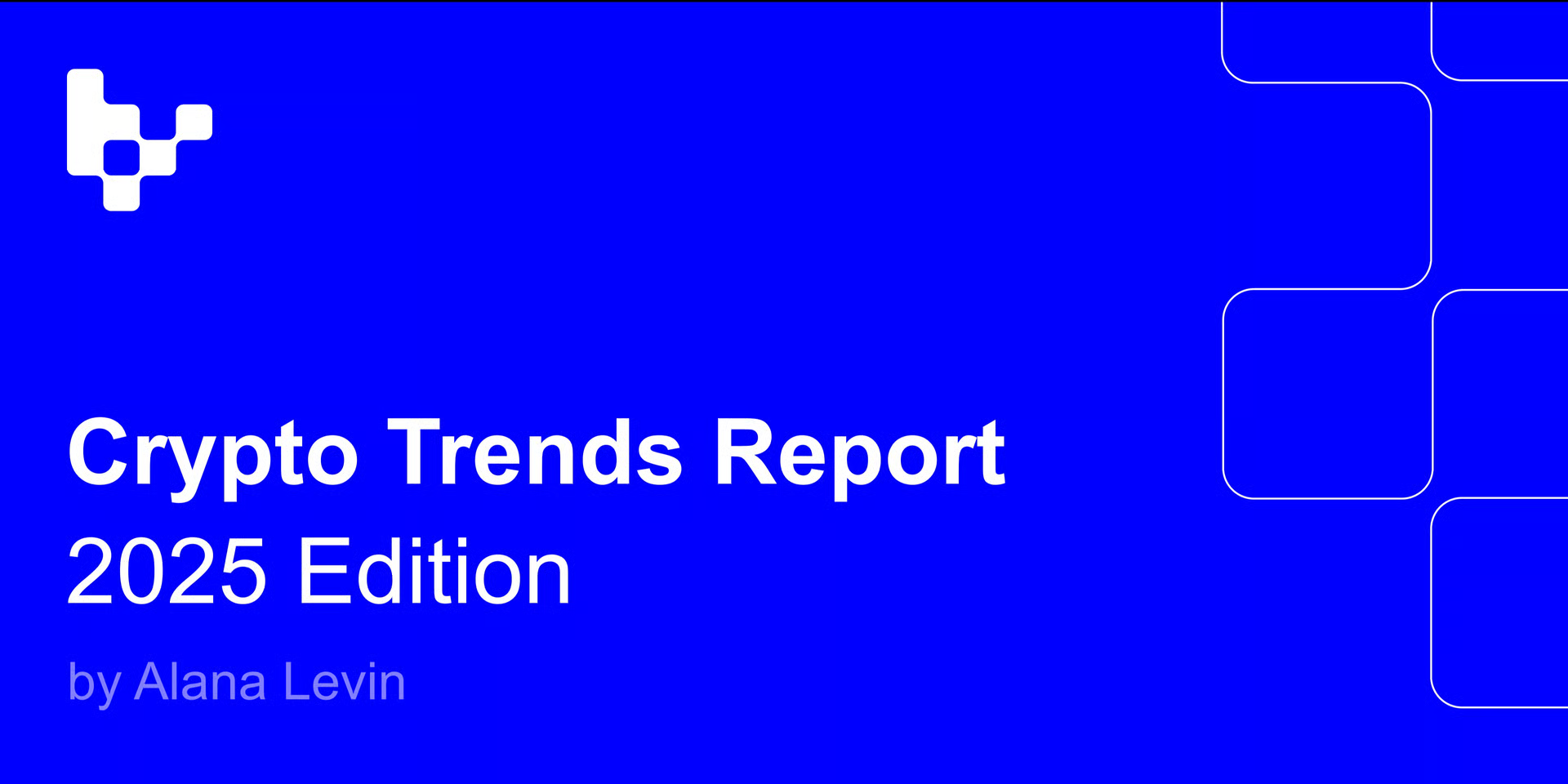The heated interest in the DePIN track in 2023 has become a focal point in the Web3 industry. How to promote the construction of AI empowered by the DePIN track in a scalable, decentralized, and secure way, and to seek more innovative opportunities in the Web3 industry has become an urgent issue to be addressed.
Looking back at the recently concluded Consensus 2024 conference, what new insights and reflections did the prominent guest speakers gain? Let’s explore this together in the 45th edition of TinTinWeekly!
On June 13th, at 20:00, the 45th edition of TinTinWeekly was successfully held. The live broadcast invited Felicia Deng, CMO of Fog Works; Angela, Head of the IoTeX Asia Pacific Community; Ting, Founder of PowerPod; Asa, Head of io.net Asia Pacific; and Bo, Head of Marketing at Roam to gather in the live broadcast room to explore the development status and innovative applications of the DePIN track in different regions and to look ahead at the changes and breakthroughs in the future technology market of DePIN! This online event attracted 22,000 viewers, many of whom interacted closely with the guests in the live broadcast room.
How to Find Points of Leverage in the New DePIN Track Integrating AI Technology?
In fact, before last year, the concept of DePIN did not exist, but the founding members of the Fog Works team had already been deeply involved in this field for a long time and had accumulated some projects with DePIN direction applications. “At that time, when we were developing some decentralized storage DApps, we found that many applications were not particularly user-friendly. From the current development trend of the DePIN track, people are not only paying attention to the Supply segment but also to the Demand consumption scenario segment, which was a highlight at the Consensus 2024 conference,” said Felicia Deng.
Vertical Field Application Explosion, DePINSurf Accelerates Forward
Angela pointed out that since the Token 2049 conference last year, more and more users have begun to pay attention to the DePIN or DeFi tracks, and more topics have started to explore how to integrate AI technology for new explorations in these two technical directions. The number of vertical field applications has also begun to increase, with infrastructure, DApps, and project teams entering the DePIN to outline a decentralized network map.
For example, IoTeX launched the world’s first DePIN accelerator program this year — DePINSurf, a project established specifically for DePIN startups, investors, community builders, and ecosystem partners. It aims to assist projects in achieving rapid growth through the valuable experience and expertise of mentors, ecosystem partners, and other founders, thus creating a stronger DePIN ecosystem. At this year’s Consensus 2024 conference, the second phase of DePINSurf was also announced, including some DemoDay-related promotions, making this an important focal point for the development of vertical fields in the DePIN track.
Combining Web3 Advantages to Break Through the Competitive Red Ocean of Web2
In addition, products in tracks such as smart wearables, in-car equipment, smartwatches, and green energy technology are also actively seeking opportunities to transition to the Web3 industry. “The hardware competition in the Web2 world has already faced a red ocean situation. How to combine the advantages of the Web3 industry to break out is a breakthrough direction for many traditional applications,” analyzed Angela.
She also mentioned a recent AI+DePIN project she has been paying attention to, which creates a decentralized GPU computing power project to expand node application scenarios. By leveraging the concept of AI computing power, many traditional applications can subvert technological logic and find new growth points in the industry. “There was a lot of interaction between senior figures and developers at the Consensus 2024 conference, and this in-depth communication atmosphere is conducive to finding innovative inspiration for the DePIN track.”
Asa also reflected, “From my personal observation of the exchange content at the Consensus 2024 conference, the industry is actively trying out various DePIN projects, and the upstream and downstream technical stack of DePIN is gradually developing.
How to connect and transmit some related and similar technical nodes? How should the cost and structure of network information be maintained? These are important points for the DePIN track to focus on infrastructure construction starting this year. Therefore, further exploration of optimizing AI computing models and training mechanisms has become an important focus for extending the industrial chain and designing technical forms.”
The Differences in DePIN Development Environments: How Can the East and West Collaborate and Progress Together?
DePIN faces significant differences in development status and basic resources in different regions, especially in the North American Web3 community, which often has a strong foundation of community resources. When some DePIN projects start to cooperate, how to connect the upstream and downstream is crucial to closely follow market trends and find demand connection points. Felicia Deng pointed out that more projects are looking for daily life application scenarios and will innovate and integrate projects based on the direction of scenario expansion, aiming to optimize user experience and contact more similar or complementary DePIN track projects.
Overseas Projects “Take Their Time,” Domestic Projects “Seize the Market First”
“For this issue, we can even trace back to the development gap in the Web2 industry between the East and the West. If we look at the Web3 field, this difference in thinking still exists,” Angela analyzed in detail. Western countries may progress slowly in building the underlying technical foundation of projects, focusing more on infrastructure and technical layers, and not prioritizing market expansion immediately. They grow through solid technical refinement over a cycle of about 1–2 years, gradually covering more application scenarios and market spaces.
Of course, this method also has some disadvantages, such as the delay in meeting market demand, and by the time their projects mature, there will be more competitors in the industry. Conversely, the Asian market emphasizes efficiency and speed first in developing projects and pushing them to the market, with all business development actions being very fast, embodying a “wolf culture” spirit. However, this also brings infrastructure loopholes, insufficient technical advantages, and a lack of strategic planning for later development. “Therefore, facing the differences in the market and technology between the East and the West, we need to learn from each other’s strengths and work together towards the vision of creating potential projects through cooperation and communication,” Angela concluded.
Lack of Consensus Could Become a Major Pain Point for the Long-term Development of DePIN
Ting pointed out that an important issue DePIN faces at its current stage of development is the lack of consensus (there is no clear consensus in this round of the bull market). As the overall industry market volume continues to grow, it requires collaborative projects and investors to think together about product value and user experience direction, which can drive the DePIN track.
“In this process, the East and the West can leverage their respective advantages, such as the Western projects’ hardware industrial capabilities and delivery capabilities being lower than the base of the Chinese supply chain. The construction foundation and technical narrative of some Chinese facilities can learn from the initial development advantages of Western countries. Only with more space for cooperation can the East and the West promote common development.”
“The difference in demand for DePIN mainly comes from the fact that even for the same product, the attitudes of Eastern and Western communities may be completely different. This is influenced by values, historical culture, and social factors, such as the difference in demand for WiFi communication based on population density, which can lead to different modes of network node layout. Moreover, Web3 application products in the industry, when brought to North America, can provide users with a service scenario system that has real value, allowing users to deeply enter the product’s service environment rather than just trying it out. This is why domestic users have not yet fully entered the Web3 application world in many cases,” Bo added.
Challenges and Opportunities Coexist, Effective Output is the Key Issue
When talking about the challenges of the future development of the DePIN track, the guests present gave their insights from different dimensions. Felicia Deng believes that the sensitivity of network data itself and the control power of laws and regulations in various countries bring various practical obstacles to the promotion of the DePIN technology market. How to harmoniously coexist with the technical art in such a big environment is very important.
Building a Liquidity Center Pool to Attract New Users
“DePIN projects are often overlooked during the startup phase from 0 to 1, but this process is not only critical but also full of various difficulties. Common issues such as insufficient liquidity and mismatched supply and demand trouble the planning and operation of project parties. For users, what benefits they can gain from the project experience is also a practical consideration,” Angela reminded the audience in the live broadcast room. Many ecosystems are currently thinking about how to build a liquidity center pool around DePIN to maximize and increase the number of users, as this is an important chip for sustainable development.
Creating Valuable Users and Meeting More Scenario Applications
It is not only necessary to overcome various challenges from a technical dimension, but how to grasp DePIN field users is also a major issue. Asa believes that the root of solving the problem is how to create brand new valuable users because only by meeting real user needs can the project achieve sustainable development. Many projects are now blindly pursuing “efficiency improvement and cost reduction,” forgetting the original intention of serving users. If you only focus on the economic income part, it is actually difficult to have sustainable development space in the industry. It is very important to meet more business scenarios and ensure user privacy and compliant operation for new technical narratives.
Bo agreed and added that an important challenge many startup teams face is how to create a simple and understandable project manual. For applications with strong practicality and high thresholds, making the product introduction more “down to earth” is crucial. Teaching users how to use the product has risen to the level of community user education. We need to refine a set of product promotion rhetoric, effectively outputting project pain points and development potential.
Towards the goal of creating a healthy and sustainable DePIN ecosystem, the insights from the Consensus 2024 conference are not the whole picture. At the end of the live broadcast, the guests also analyzed and imagined the future development of DePIN, hoping to further reduce the operating costs under the trend of data-driven development, turn to high-quality projects that improve project operating performance, and attract more users to join the upstream and downstream shared ecosystem, creating a virtuous project community. The development of DePIN has not stopped and requires our wisdom and innovative strength.















